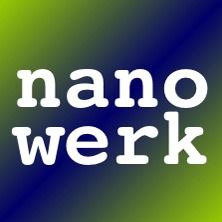Russia is getting closer in perfecting Quantum Processors.
A team of physicists including Russian researchers succeeded in conducting an experiment in which, for the first time in history, control over ultrafast motion of electrons down to three attoseconds (one attosecond refers to a second as one second refers to the lifetime of the Universe) was proved possible (“Coherent control with a short-wavelength free-electron laser”). This fact paves a way to new directions of research that seemed improbable before. The experiment was conducted with the help of the free-electron laser FERMI located at the “Elettra Sincrotrone” research center in Trieste, Italy.
The speed of chemical, physical and biological processes is extremely high, atomic bonds are broken and restored within femtoseconds (one millionth of one billionth of a second). The Egyptian-American chemist Ahmed Zewail was the first to succeed in observing the dynamics of chemical processes, which made him a winner of the 1999 Nobel Prize in Chemistry.
Nevertheless, nature can operate even faster. While atomic motions within a molecule can be measured with femtosecond resolution, the dynamics of electrons, which define the nature of chemical bonds, happens a thousand times faster — within tens and hundreds of attoseconds.
The only tools appropriate for studying such processes are so-called x-ray free-electron lasers. In “conventional” gas, liquid and solid-state lasers, excitation of electrons in the bound atomic state serves as the source of photons. In contrast, free-electron lasers operate with the help of a high-quality electron beam wiggling along a sinusoidal path under the effect of a ray of magnets. During that process electrons lose energy by producing radiation.
